The housing market in 2025 is evolving rapidly, influenced by technological advancements, changing societal needs, and environmental considerations.
For investors, sellers, and buyers, understanding these trends is crucial for making informed decisions.
From innovative building designs to smart home technologies, the landscape is shifting towards a future-focused approach.
Popular house styles are influenced by sustainability, minimalism, and adaptability, reflecting the diverse preferences of modern homeowners.
Let’s explore the 8 transformative trends shaping the housing market in 2025, and what they mean for you.
1. Sustainable Smart Homes
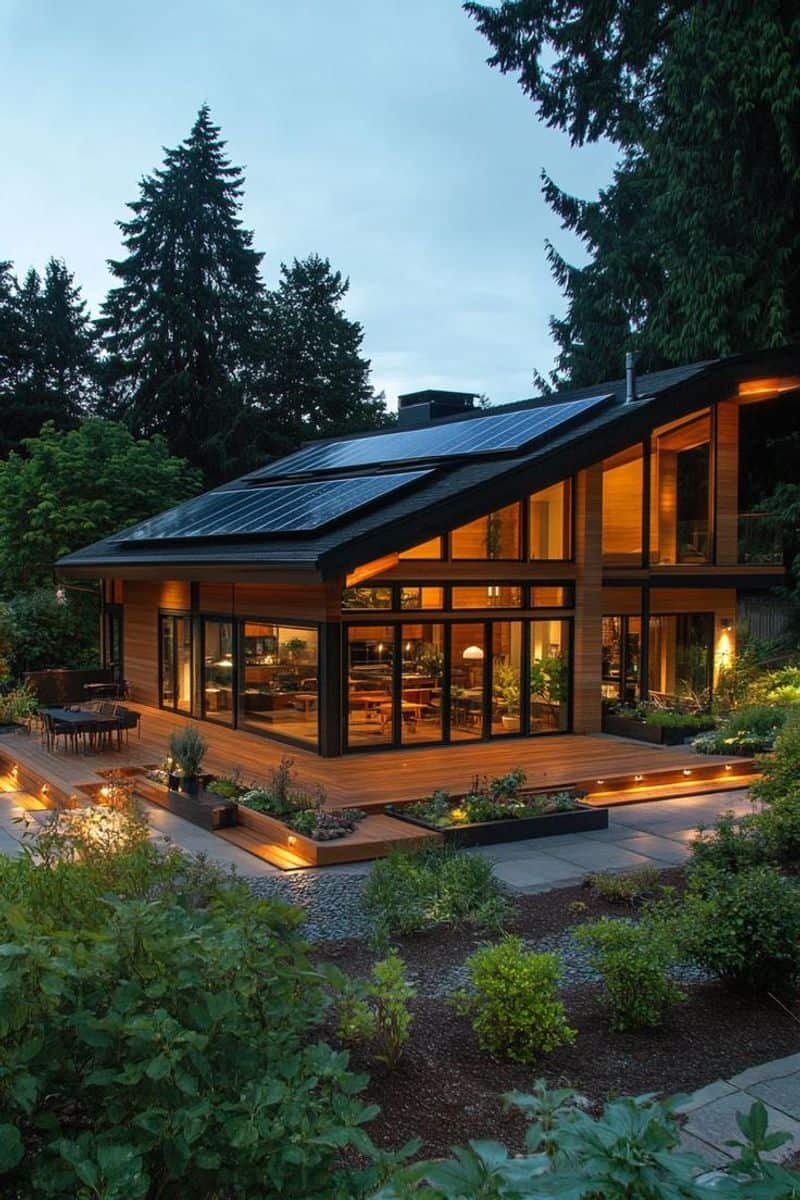
The demand for sustainable smart homes is rising. Buyers are increasingly looking for houses equipped with energy-efficient technologies and sustainable materials.
Features like solar panels, smart thermostats, and green roofs are becoming standard.
These homes not only reduce energy bills but also contribute positively to the environment. For investors, properties with eco-friendly features promise high returns.
Sellers can attract more buyers by incorporating these elements.
Embracing sustainability is not just a trend – it’s a necessity. These homes reflect a commitment to a greener future, appealing to environmentally conscious buyers.
2. Co-Living Spaces
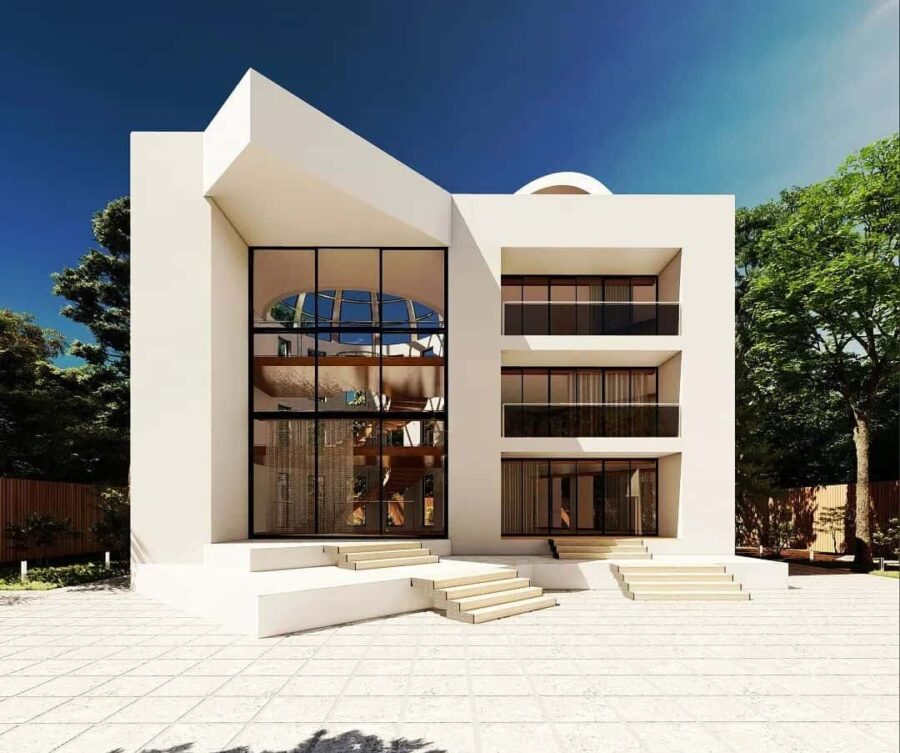
Co-living spaces are redefining urban living, especially among young professionals. These spaces offer shared amenities like communal kitchens, coworking areas, and social lounges.
The appeal lies in affordability and community living. By sharing costs and experiences, residents enjoy a balanced lifestyle in expensive urban settings.
For investors, it offers a profitable solution to housing shortages.
The sense of belonging and shared experiences make co-living an appealing choice in bustling cities.
3. Virtual Reality Tours
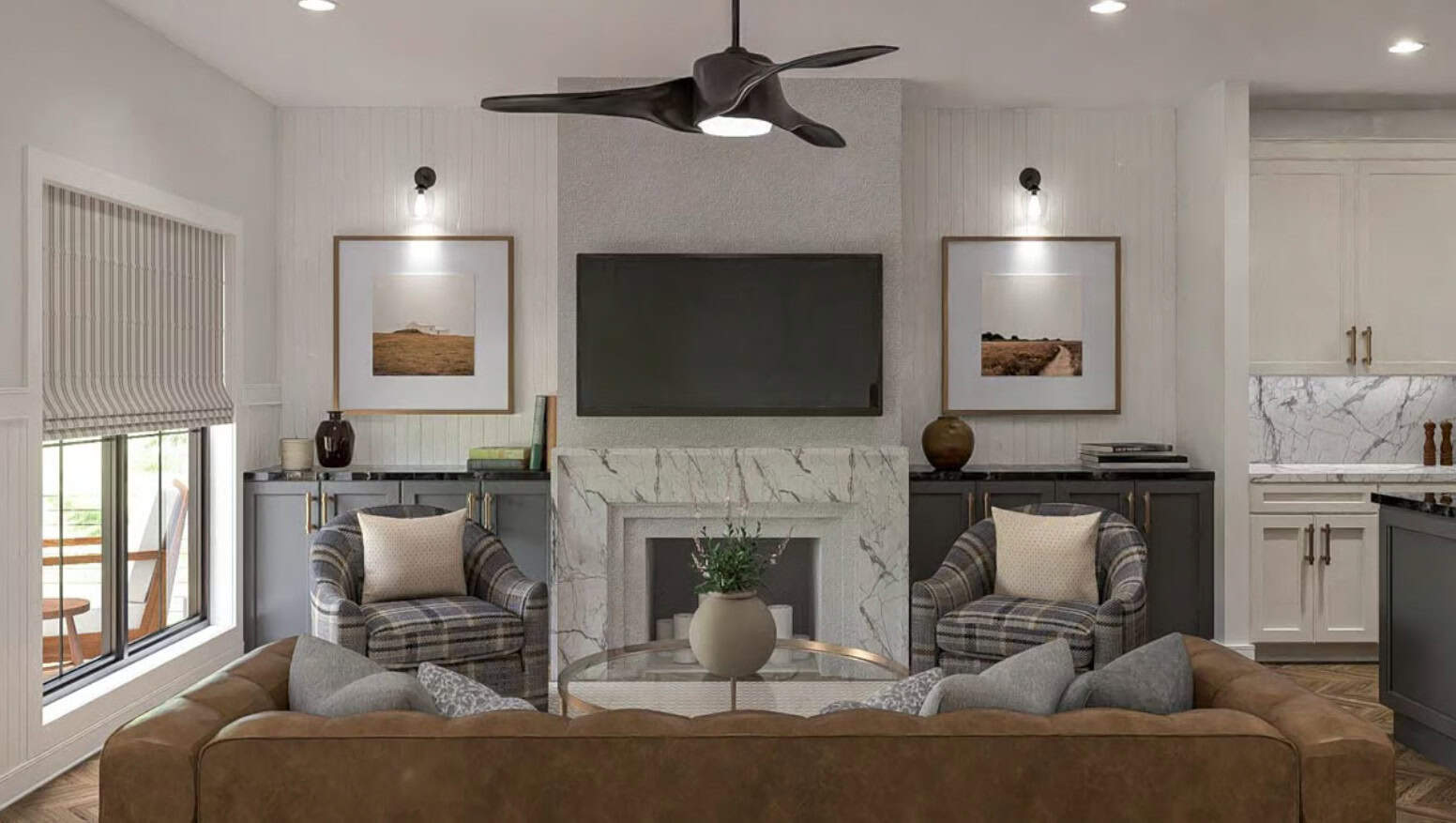
Virtual reality (VR) tours are transforming home buying. Buyers can explore properties remotely, offering convenience and saving time.
These immersive tours provide a realistic sense of space and design.
For sellers, VR tours expand the audience reach, making it easier to attract international buyers.
Investors benefit from quicker transactions as potential buyers make informed decisions faster.
The integration of VR into real estate showcases technological advancement, appealing to tech-savvy buyers. It streamlines the buying process, making property exploration accessible and efficient.
4. Adaptive Reuse Buildings
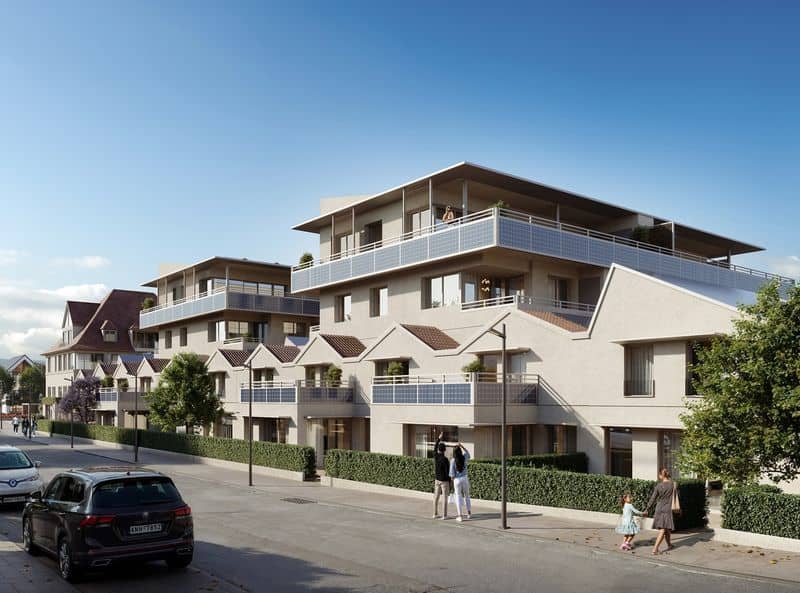
Adaptive reuse buildings are gaining traction, especially in urban areas. Converting old factories or warehouses into residential complexes or mixed-use developments is a growing trend.
This concept breathes new life into obsolete structures, providing unique living spaces with character.
It also supports urban revitalization, offering practical solutions to space shortages. For investors, these projects present lucrative opportunities.
Buyers enjoy living in distinctive homes rich in history and design, making adaptive reuse buildings a preferred choice for those seeking something different.
5. Biophilic Design
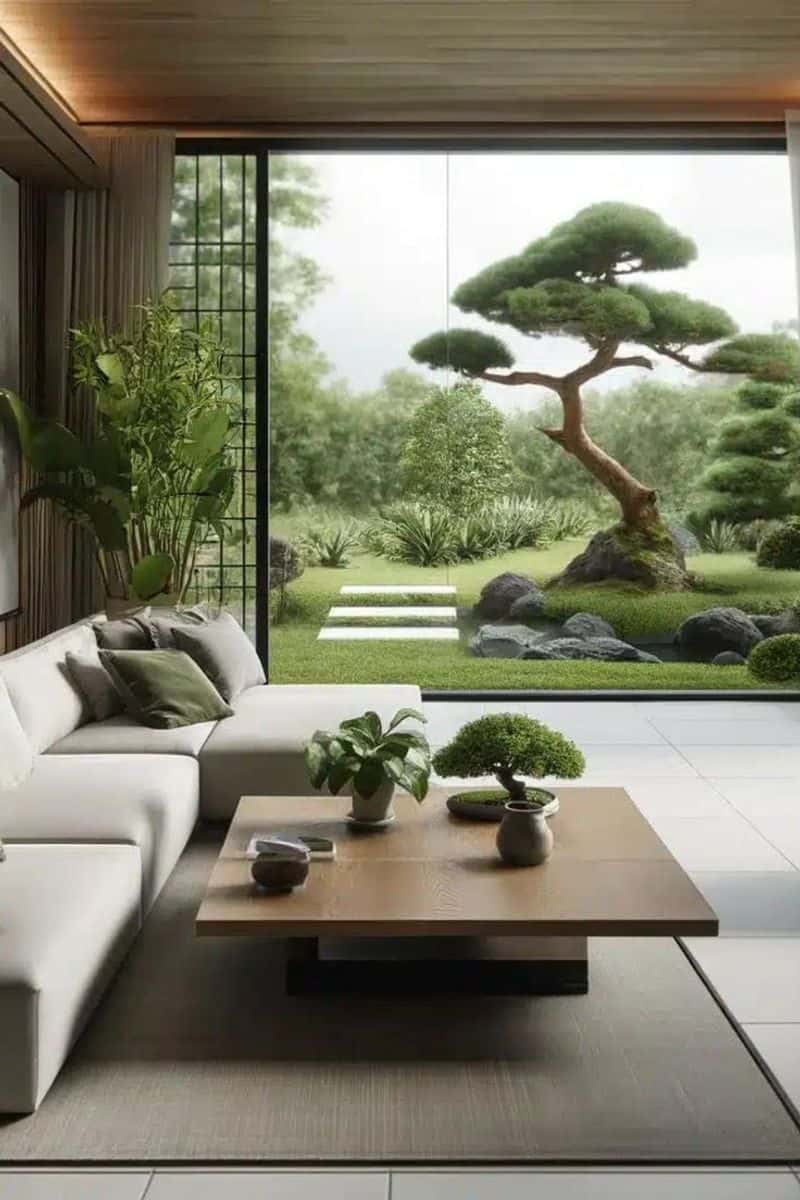
Biophilic design emphasizes harmony with nature. Homes featuring large windows, indoor gardens, and natural materials like wood and stone are becoming popular.
This design approach promotes well-being by integrating nature into daily living spaces. It enhances air quality and provides a calming environment, which is appealing to many buyers.
For sellers, incorporating biophilic elements can increase property value.
Investors find these designs attractive, catering to health-conscious buyers seeking a connection with the natural world.
6. Modular Construction
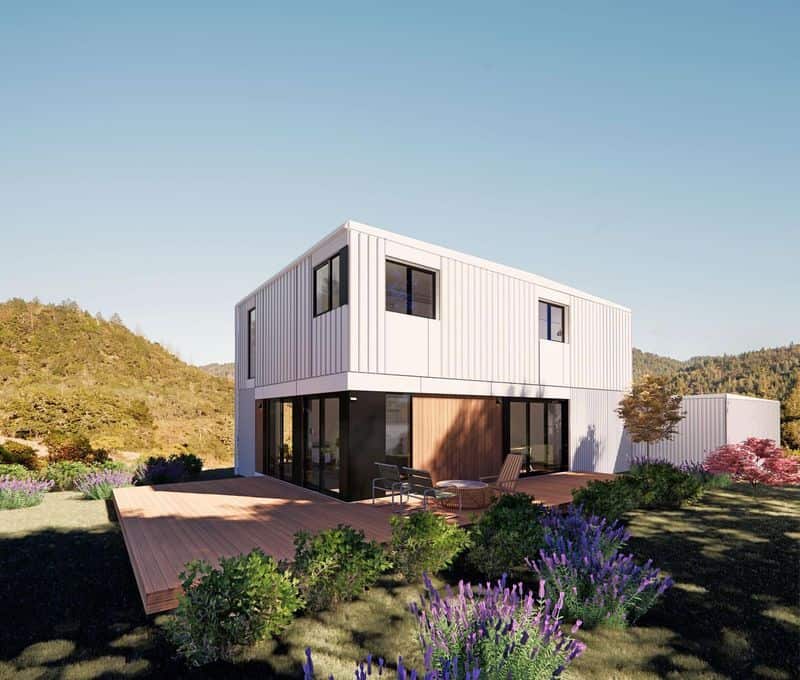
Modular construction is revolutionizing the building industry. Homes built from prefabricated sections offer efficiency and sustainability, reducing construction time and waste.
This method appeals to buyers looking for affordable, customizable homes. Investors benefit from lower costs and quicker returns on investment.
Sellers can market modular homes as a modern, affordable option.
With eco-friendly materials and innovative designs, modular construction meets the demands of a fast-paced market focused on sustainability and efficiency.
7. Work-from-Home Optimized Spaces
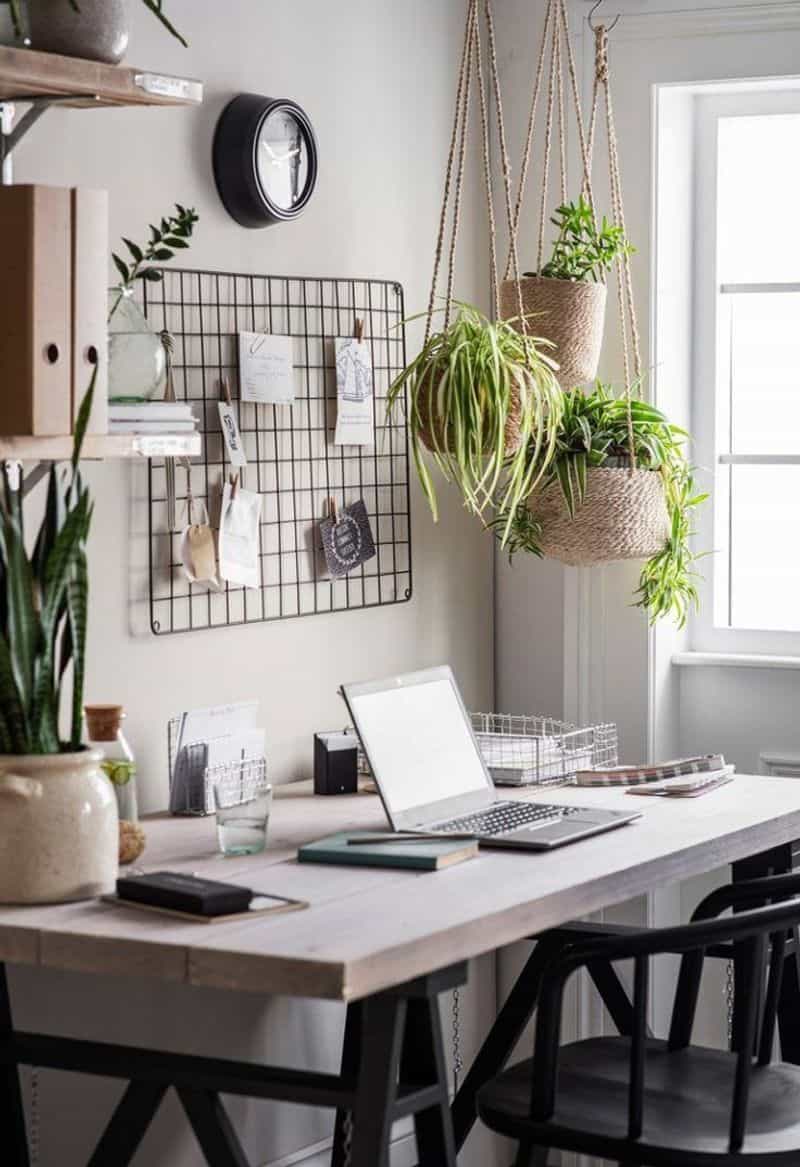
With remote work becoming the norm, homes optimized for work-from-home (WFH) setups are in demand.
Features like ergonomic furniture, high-speed internet, and soundproofing are key.
Buyers prioritize dedicated office spaces that enhance productivity and comfort.
Sellers can attract buyers by highlighting these features, while investors see value in homes that cater to modern work-life balance.
The shift towards WFH has changed the housing landscape, where functional home offices are no longer luxuries but necessities for contemporary buyers.
8. Community-Focused Developments
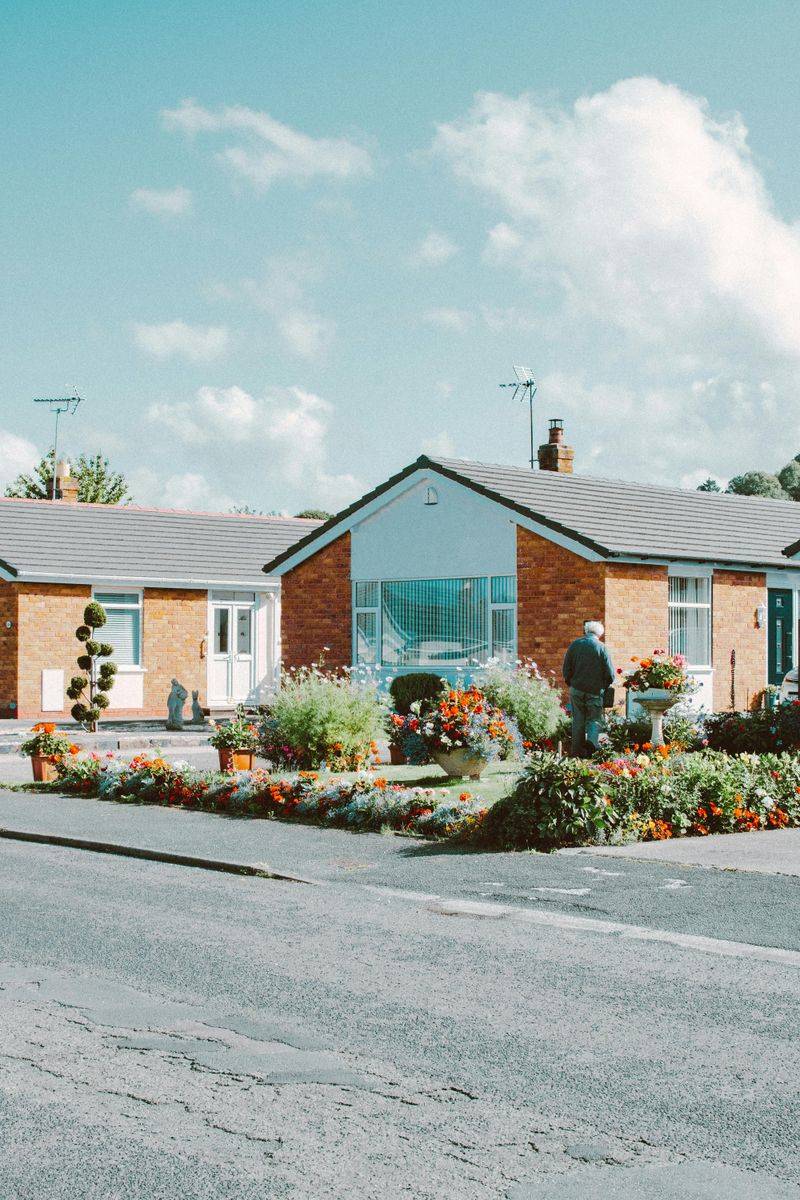
Community-focused developments are attracting families and individuals who value connection and shared spaces.
These developments often include parks, community centers, and family-friendly amenities.
For buyers, the sense of community enhances quality of life. Investors are interested in these projects due to their long-term potential and appeal to diverse demographics.
Sellers can highlight the community aspect to attract buyers looking for a supportive environment.
These developments foster a sense of belonging, making them highly appealing in today’s market.

